Top Things to Do in Paro, Bhutan: Explore the Enchanting Beauty of Paro
Paro, a picturesque district in Bhutan, is a treasure trove of cultural and natural wonders. From centuries-old temples to stunning mountain vistas, this enchanting destination offers a plethora of experiences for travelers. In this blog post, we will explore the top things to do in Paro, Bhutan, ensuring you make the most of your visit […]
Where is Bhutan: The Land of the Thunder Dragon
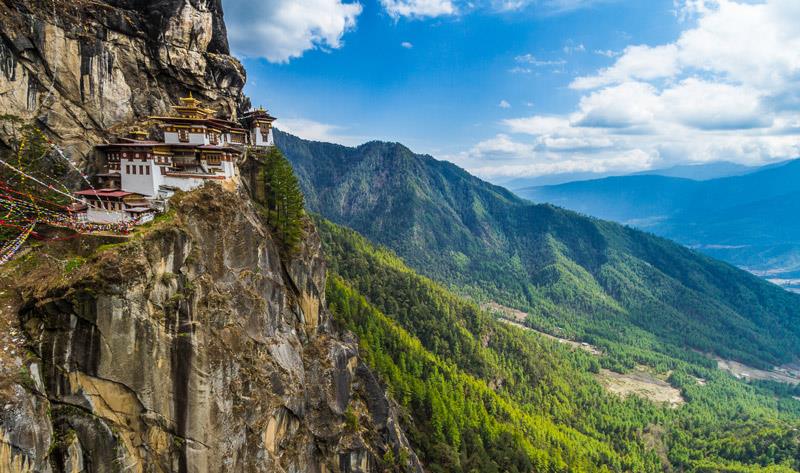
Bhutan, a small kingdom nestled in the Eastern Himalayas, is a hidden gem that offers an unparalleled combination of natural beauty, cultural richness, and spiritual experiences. This tiny nation, situated between China and India, has managed to preserve its unique identity and traditions, making it a highly sought-after destination for travelers seeking authentic experiences. […]
Gross National Happiness
Live, Laugh, Love, Smile in Bhutan.[/caption] Gross National Happiness (GNH) is a development philosophy that prioritizes the overall well-being and happiness of citizens over purely economic growth. GNH was first introduced in Bhutan in the early 1970s by the fourth king of Bhutan, Jigme Singye Wangchuck, and has since become an important concept in development […]
Bhutan Trans Trail
The Bhutan Trans Trail is a popular trekking trail that takes you through the breathtaking landscapes of Bhutan. The Trans Bhutan Trail is a 403km route, spanning from Haa in the West of Bhutan to Trashigang in the East. It is considered one of the world’s greatest walks and one of the best hiking routes […]
Exploring Thimphu: A Fascinating Journey to Bhutan’s Capital City
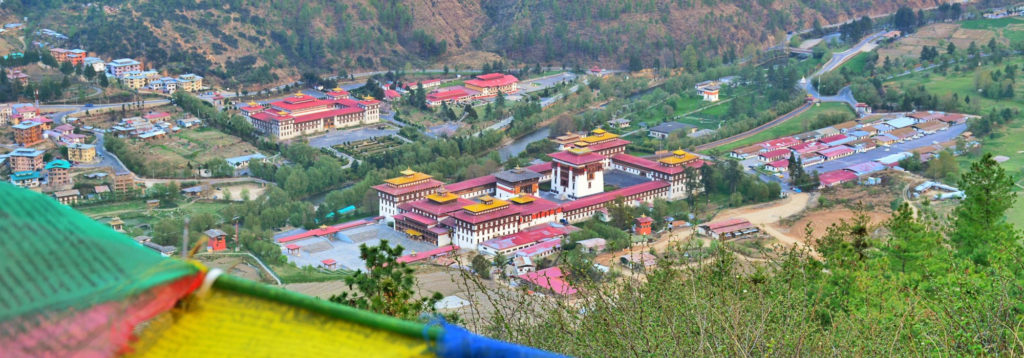
Thimphu is the capital city of Bhutan, a small country in South Asia known for its natural beauty, rich culture, and unique Gross National Happiness philosophy. While Bhutan remains off the beaten track for many travelers, those who make the journey to Thimphu are rewarded with a vibrant and charming city that offers a glimpse […]
Why Bhutan Should Be on Your Travel Bucket List
Bhutan, the Land of the Thunder Dragon, is a small Himalayan kingdom located between India and China that offers visitors an authentic and meaningful experience. The country is known for its unique culture, pristine environment, happy people, and commitment to sustainable tourism. Bhutan is a must-visit destination for any traveler looking for a different kind […]
Visiting Bhutan in 2023
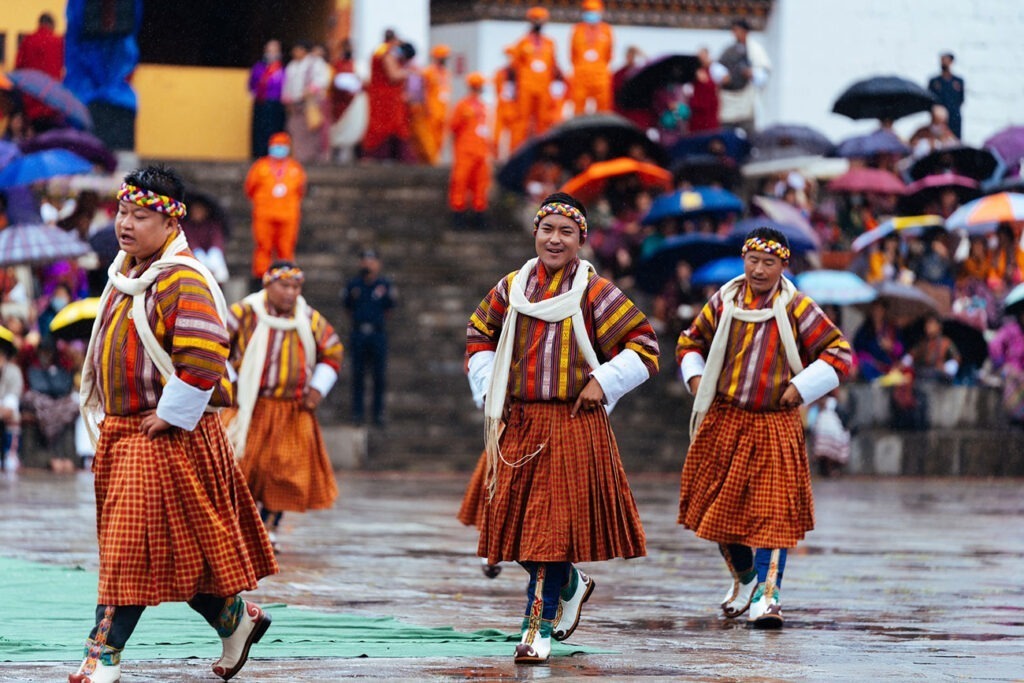
Bhutan, also known as the Land of the Thunder Dragon, is a small Himalayan kingdom located between India and China. It is known for its stunning natural beauty, unique culture, and commitment to preserving its environment and traditional way of life. If you are planning to visit Bhutan in 2023, here are some tips to […]
Bhutan Tour
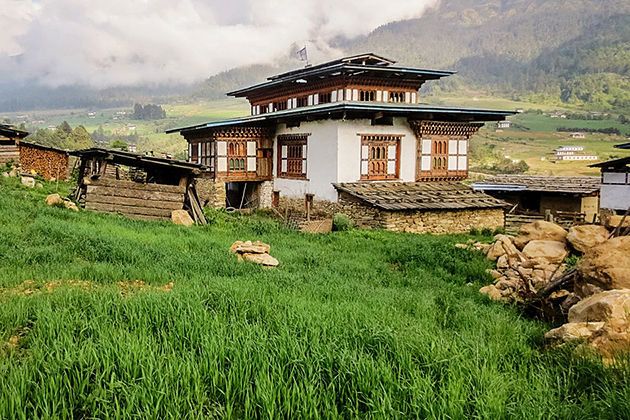
Book Your Bhutan Tour 7 Day Enchanting Bhutan From $ 1,920 Book Now 10 Day Spiritual Journeys From $ 3,060 Book Now 9 Day Bhutan Heritage From $ 2,100 Book Now 3 Day Bumdra Trek From $ 1,790 Book Now 7 Day Paro Tshechu From $ 2,320 Book Now 14 Day Journey Across Bhutan From […]
The Bhutan Flag – A Powerful Symbol of the Country’s Culture and History
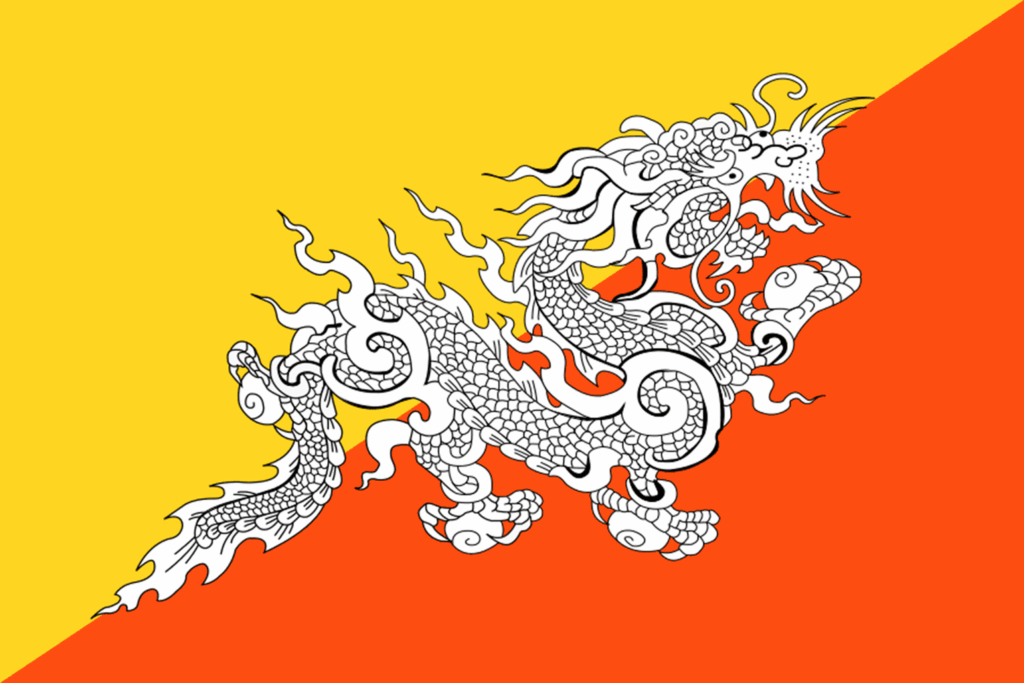
| The Bhutan flag is a powerful symbol of the country’s culture and history. While the design of the flag itself dates back to the 20th century, its symbolism comes from a tradition that predates the modern nation. The country’s colors, shapes, and dragon all reflect this heritage and culture. Dragon The Dragon on the […]
Luxury Tours to Bhutan in 2023
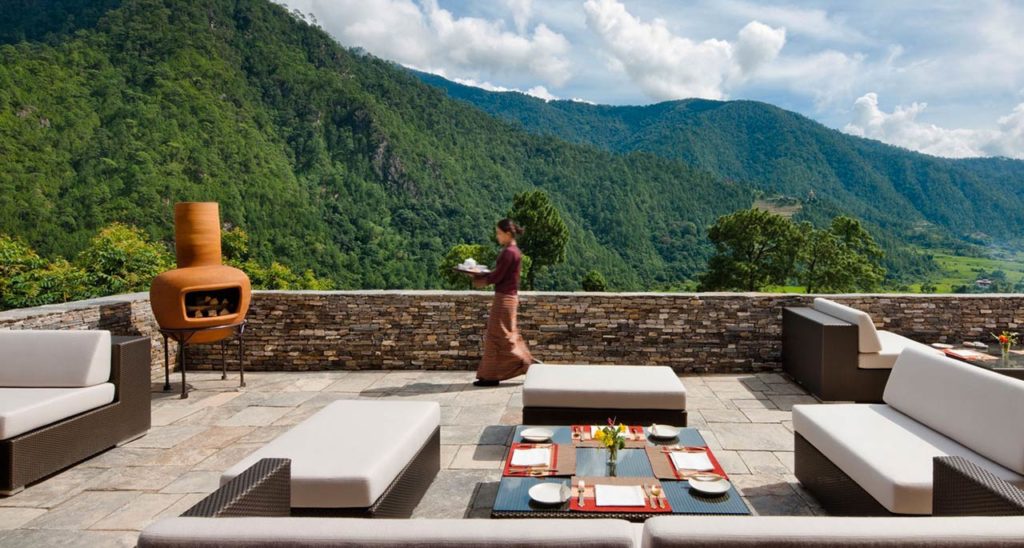
Luxury tours to Bhutan are an excellent way to see this ancient country in style and comfort. These tours offer ultra-luxury accommodations at world-class luxury hotels such as Amankora, Six Senses, and Uma by COMO. During these tours, travelers can expect privacy, serenity, and a unique experience. These luxury tours also allow travelers to choose […]
